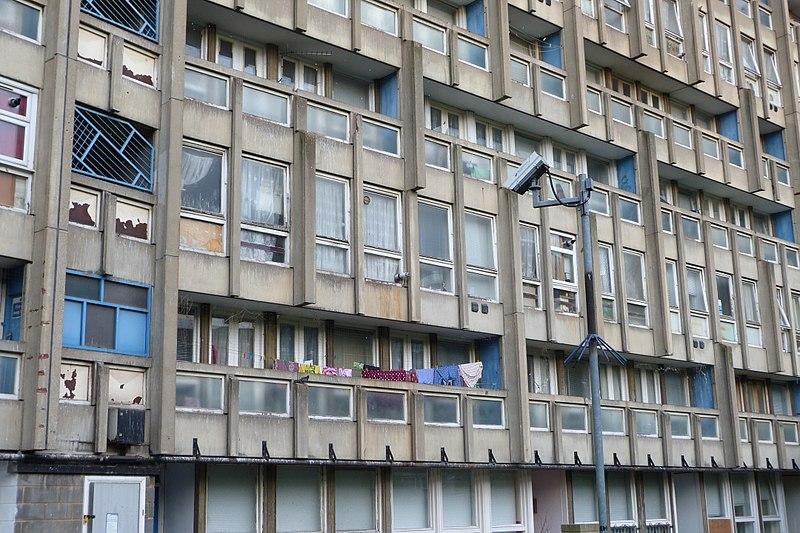
Remembering a lost home: on the controversy of the Robin Hood Gardens exhibit
“The ache for home lives in all of us, the safe place where we can go as we are and not be questioned" (Maya Angelou).
Think of home and you’ll likely feel an immediate sense of longing. To most of us, home signifies refuge and anchor of identity, the place to which we can always return and a source of certainty in our hectic lives. The intense attachment we feel to our homes, and our innate sense of horror at the thought of its destruction, may explain the controversy provoked by a recent exhibit at London’s Victoria & Albert museum, which aims to remember a recently demolished social housing estate known as Robin Hood Gardens. The Robin Hood Gardens, once home to over six hundred residents, gained a bad reputation for crime and poverty and gradually fell into a state of decay. Although an architectural icon and home to a thriving community, Robin Hood Gardens was condemned to demolition and is now being replaced with luxury flats.
Robin Hood Gardens: from home to exhibit
The decision to demolish the building provoked widespread anger, with many arguing that its destruction was purely motivated by private profit and that, had it not been sitting on such a valuable piece of land, it almost certainly would have been saved. One could also point to the long history of stigma the estate and its residents have endured, with politicians, the media and popular culture casting the estate as a gritty, apocalyptic hellhole.
Rather than see the estate completely erased, the Victoria & Albert museum, one of Britain’s most prestigious cultural institutions, acquired a piece of the rubble for public exhibition, reasoning that such an important piece of architectural history should be preserved. The exhibit, which includes a complete three story flat with salvaged objects, would act as a historical record, documenting both a period of architectural design and the existence of a longstanding community.
In the current context of rising homelessness, evictions, unaffordable house prices and gentrification, we find ourselves looking back at the history of social housing as a symbol of hope
Yet perhaps unsurprisingly, the exhibit has become the subject of much controversy with commentators criticising it as insensitive and voyeuristic. Some argue that it turns an episode of suffering into an object of spectacle; others have expressed disappointment that the museum didn’t play an active role in trying to save the building, stepping in only when it was too late. One critic likened the act of preservation to ‘taxidermy’, in which the physical shell is left largely intact but the soul is ripped out. As an inert, material object, the exhibit would never convey the emotional experience of home.
The contested nature of collective memory
These criticisms sharply underline the contested nature of collective memory, and provoke all sorts of interesting questions. How should we remember such a traumatic event? Is it right to bring a painful reminder of loss into the elite space of an exhibit, a loss from which we, as middle-class museum-goers, are comfortably distanced? Or are we simply making a spectacle out of working class displacement, consuming their trauma as an aesthetic, architectural object without taking political action to prevent it?

On the other hand, don’t we do the building and its inhabitants a disservice not to remember them at all? If we agree that the displacement of six hundred residents and the destruction of a building of international importance is a significant loss, then such an event would seem to demand a collective and visible expression of grief, a symbolic marker of some description that resists its status as a forgotten object. More importantly, memory is a construction of the past that always acts in service of the present. To bring the demolished home into the public sphere of the museum would then seem to be less a mark of voyeuristic disrespect than a means of forcing the lost object into public space, providing a material locus for a public, and highly political, discussion about the implications of that loss in the present.
Decent housing for everyone
In the current context of rising homelessness, evictions, unaffordable house prices and gentrification, we find ourselves looking back at the history of social housing as a symbol of hope, equality and social justice: a time when affordable, decent housing was seen as a public good and cities were for everyone. In the midst of the global housing crisis, those values seem well worth remembering.